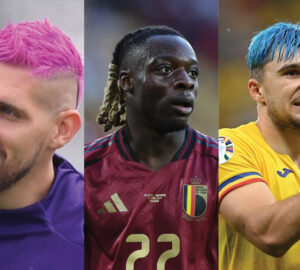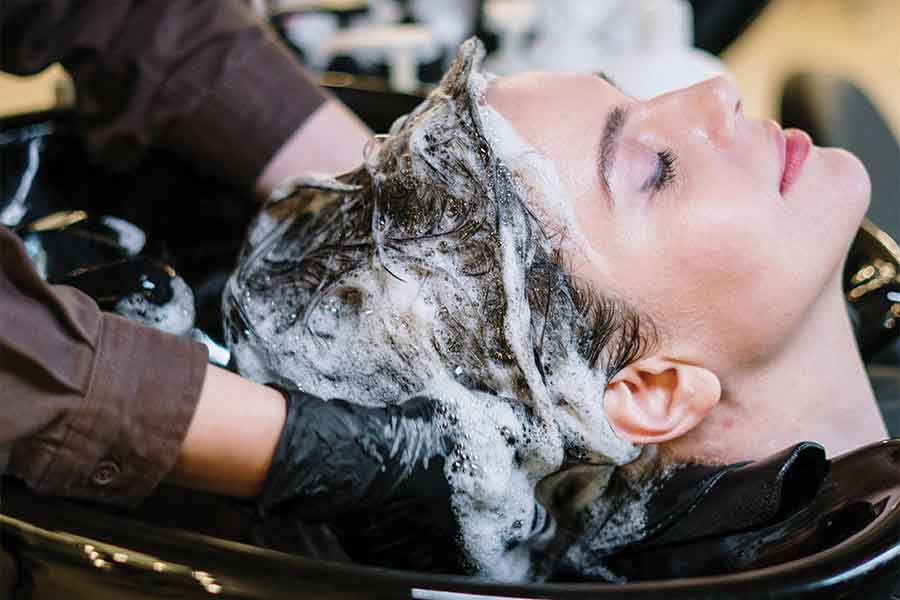Dr. Kavita Sheth shares valuable insights on ingrown nails
The first thing that strikes anyone’s mind when it comes to nail care is probably a soothing manicure with a nicely done nail art. However, the fact is that nails play an important role in how the human body functions. Nails protect and support the sensitive tips of fingers and toes. They help in the most basic functions like picking up objects, tie or untie a knot etc. When it comes to addressing nail problems, there is a lot to look into, and one of the most common conditions is ingrown nails.
The condition is predominantly found in men and sports persons, especially those who are into running, especially marathons, compared to women. Dr. Kavita Sheth, Founder, Kavi’s Nail Care & Institute of Nail Technology throws light on the causes and factors to prevent ingrown nails and treatment options for this nail condition.
What is Ingrown nails?
Also known as onychocryptosis, Ingrown nails occur when the edge or corner of a toenail grows into the surrounding skin. This condition commonly affects the big toe and can be quite painful.
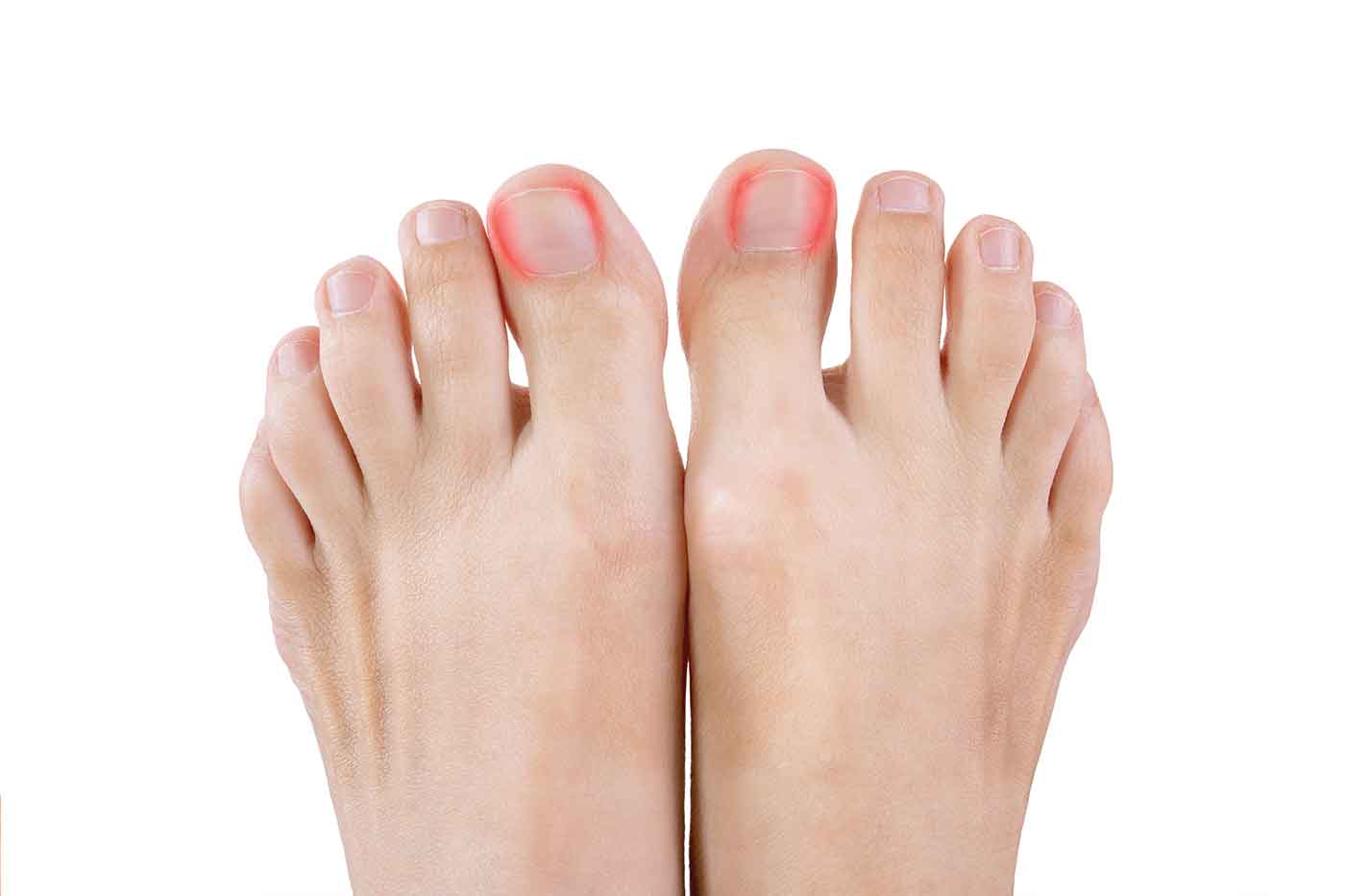
Tell us about the different causes of Ingrown nails?
Improper nail trimming, bad pedicure or wearing tight-fitting shoes, injury to the nail, or a natural nail shape that predisposes one to ingrown nails are some of the causes of ingrown toenails. Additionally, factors such as poor foot hygiene, excessive sweating, and genetic predisposition can also contribute towards its development.
What are the different treatment options for Ingrown nails?
When clients come with ingrown nails that are infected with pus, it is very difficult to treat it as it is extremely painful and highly infectious. Firstly, I prefer giving them some anti-inflammatory or antibiotics to reduce the pain and swelling. Whereas in cases when it is a very deep seated ingrowth it gets very difficult to cut it. Hence, we call them after a week and do it. The most advanced treatments are mostly surgical. Partial or complete removal of nails can only be done by a surgeon.
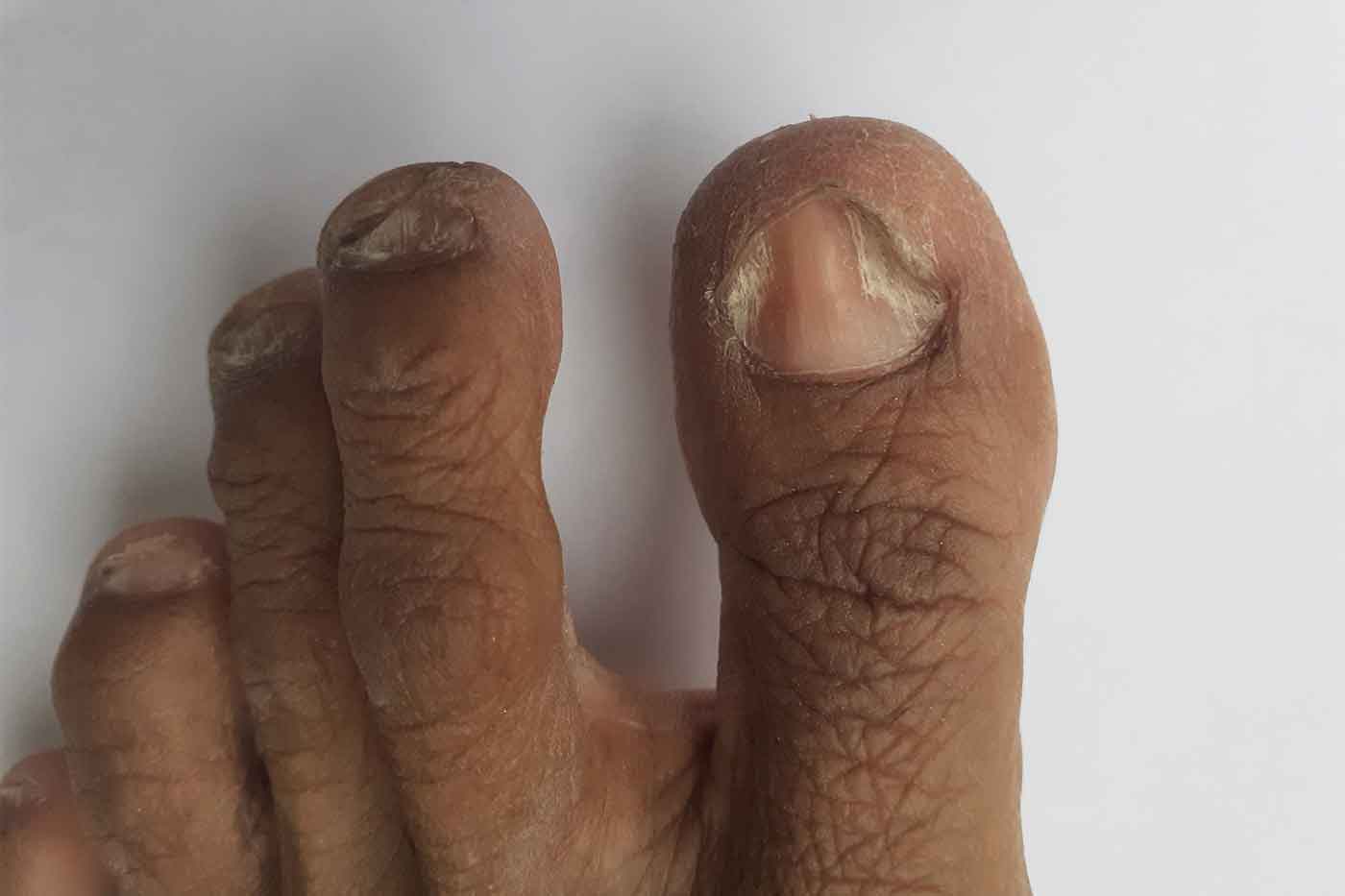
In scenarios where I have a client who is extremely harrowed and in pain due to ingrown nails, I prefer sending them to the surgeon who
will remove the nail completely. The surgery is done in such a way that the nail does not grow back. It is removed from the root but you will not have a nail plate on the nail. The client will have just the skin.
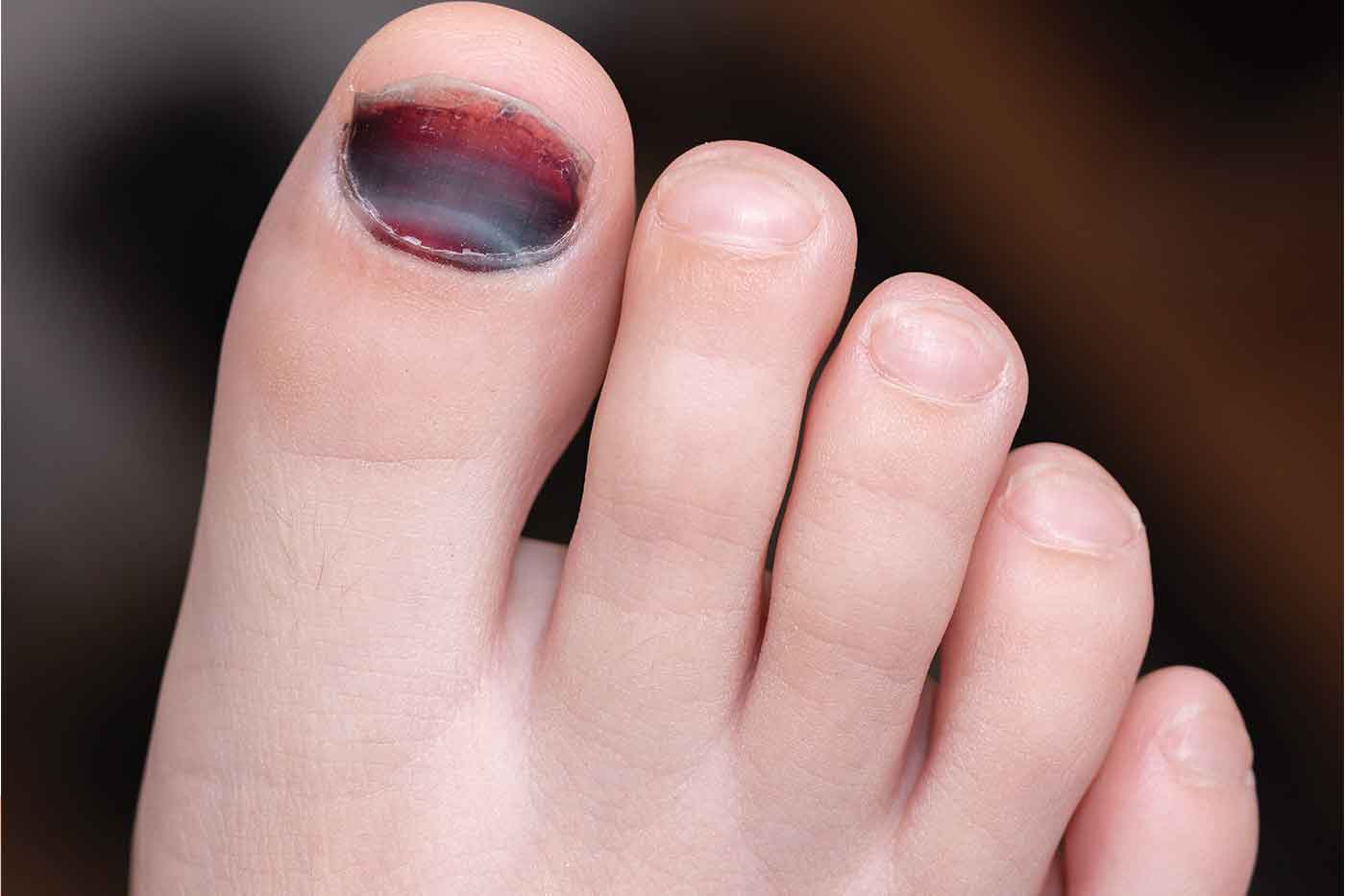
Elderly people with ingrown nails suffering from diabetes, blood pressure or any kind of illness can also get their nail removed by a medical professional.
Treatment
The treatment for ingrown toenails varies depending on the severity of the condition. In mild cases, soaking the affected foot in warm water and gently lifting the ingrown edge of the nail with a small piece of cotton or dental floss may help. However, if the condition persists or becomes infected, it’s recommended to consult a healthcare professional. They may suggest more advanced treatments, such as partially removing the nail or, in severe cases, removing the entire nail. It’s important to seek medical attention if you suspect an infection or if you have diabetes or a compromised immune system, as the risk of complications is higher in these cases.
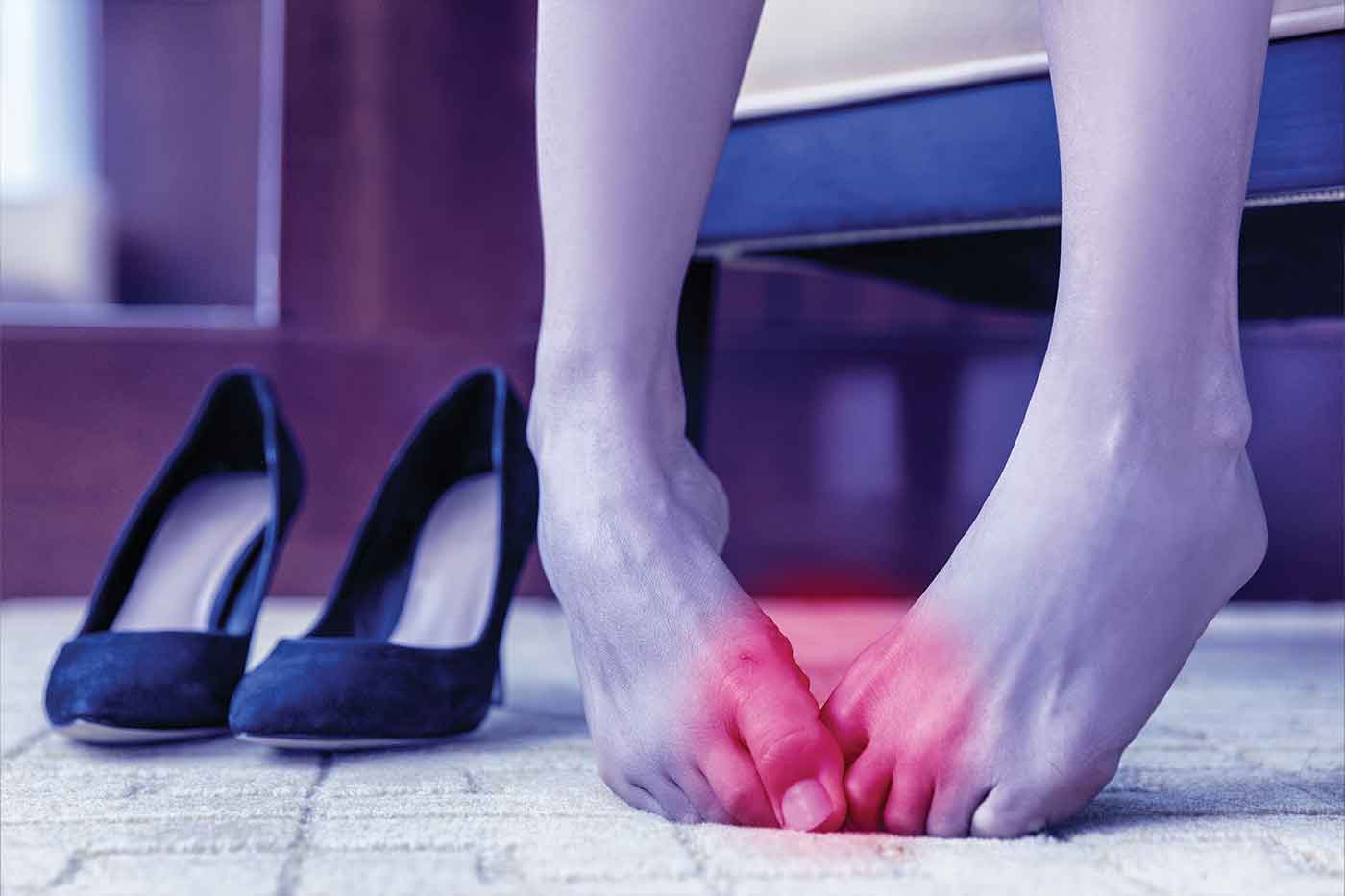
While it’s quite a task to get rid of ingrown nails, what is most important is awareness about how to keep the condition at bay. Cleaning and trimming the nails from time to time apart from a simple regular nail care routine are the best ways to keep away from an aggravated and painful ingrown nail. It also includes using the right products and getting the procedures done by professionally qualified nail technicians for safe and healthy nails.
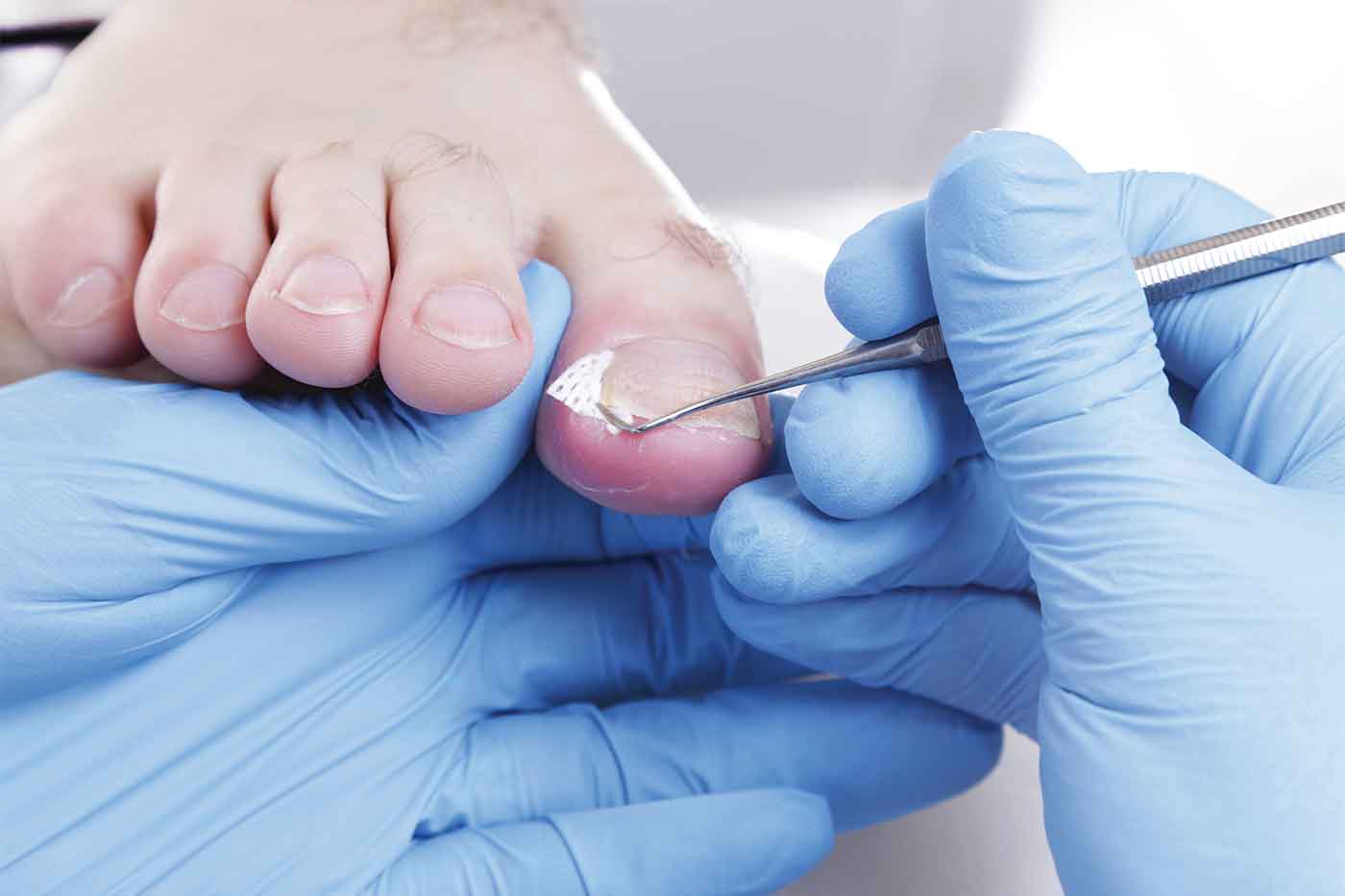
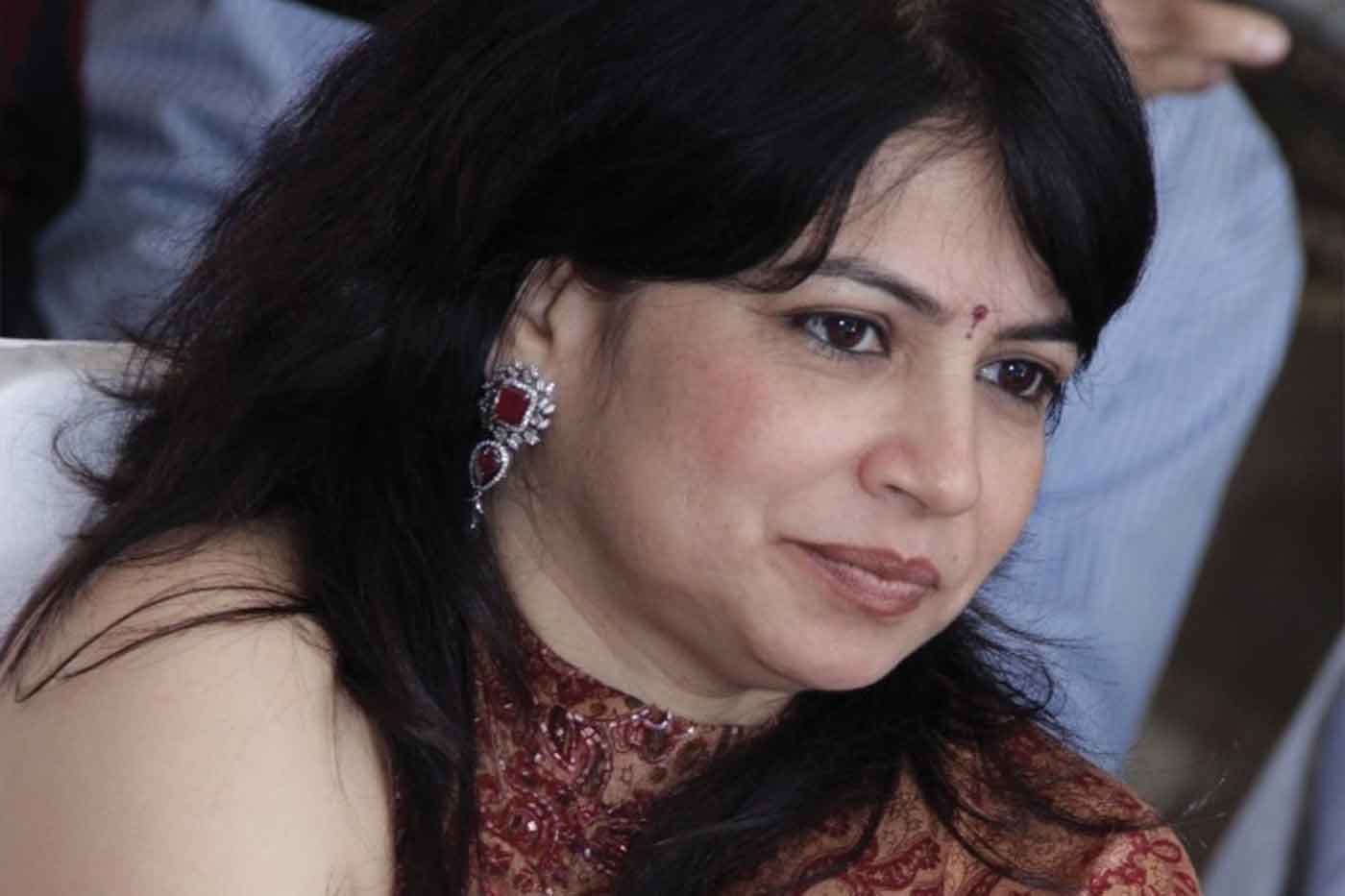 “Improper nail trimming, bad pedicure or wearing tight-fitting shoes, injury to the nail, or a natural nail shape that predisposes one to ingrown nails are some of the causes of ingrown toenails. Additionally, factors such as poor foot hygiene, excessive sweating, and genetic predisposition can also contribute towards its development.”
“Improper nail trimming, bad pedicure or wearing tight-fitting shoes, injury to the nail, or a natural nail shape that predisposes one to ingrown nails are some of the causes of ingrown toenails. Additionally, factors such as poor foot hygiene, excessive sweating, and genetic predisposition can also contribute towards its development.”
Dr. Kavita Sheth, Founder, Kavi’s Nail Care & Institute of Nail Technology


